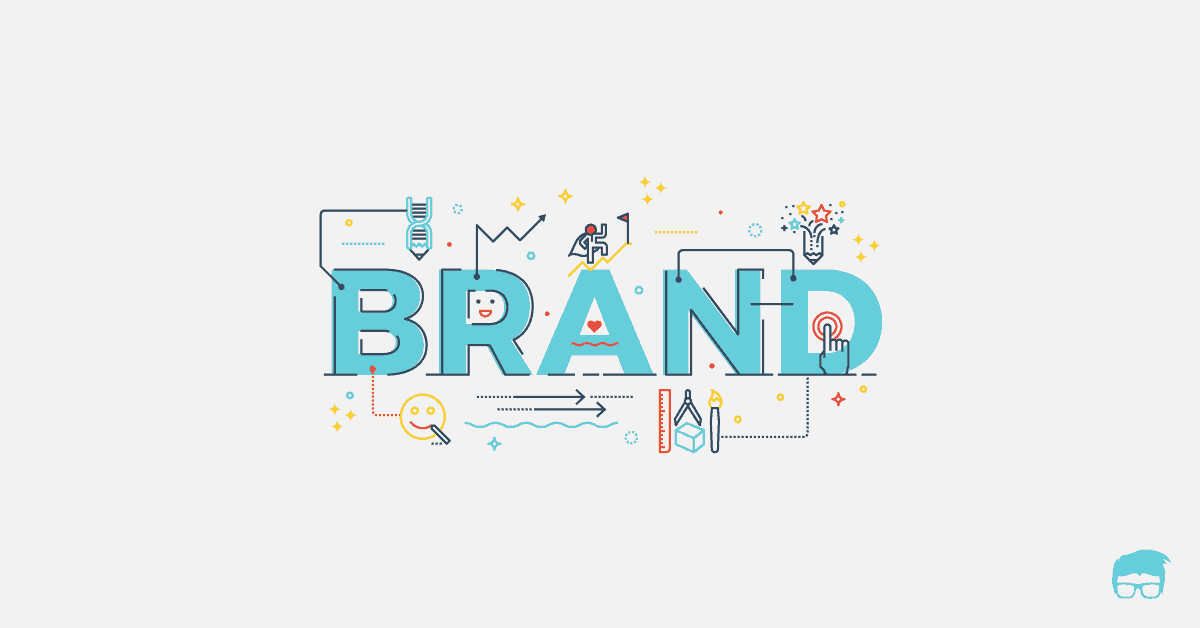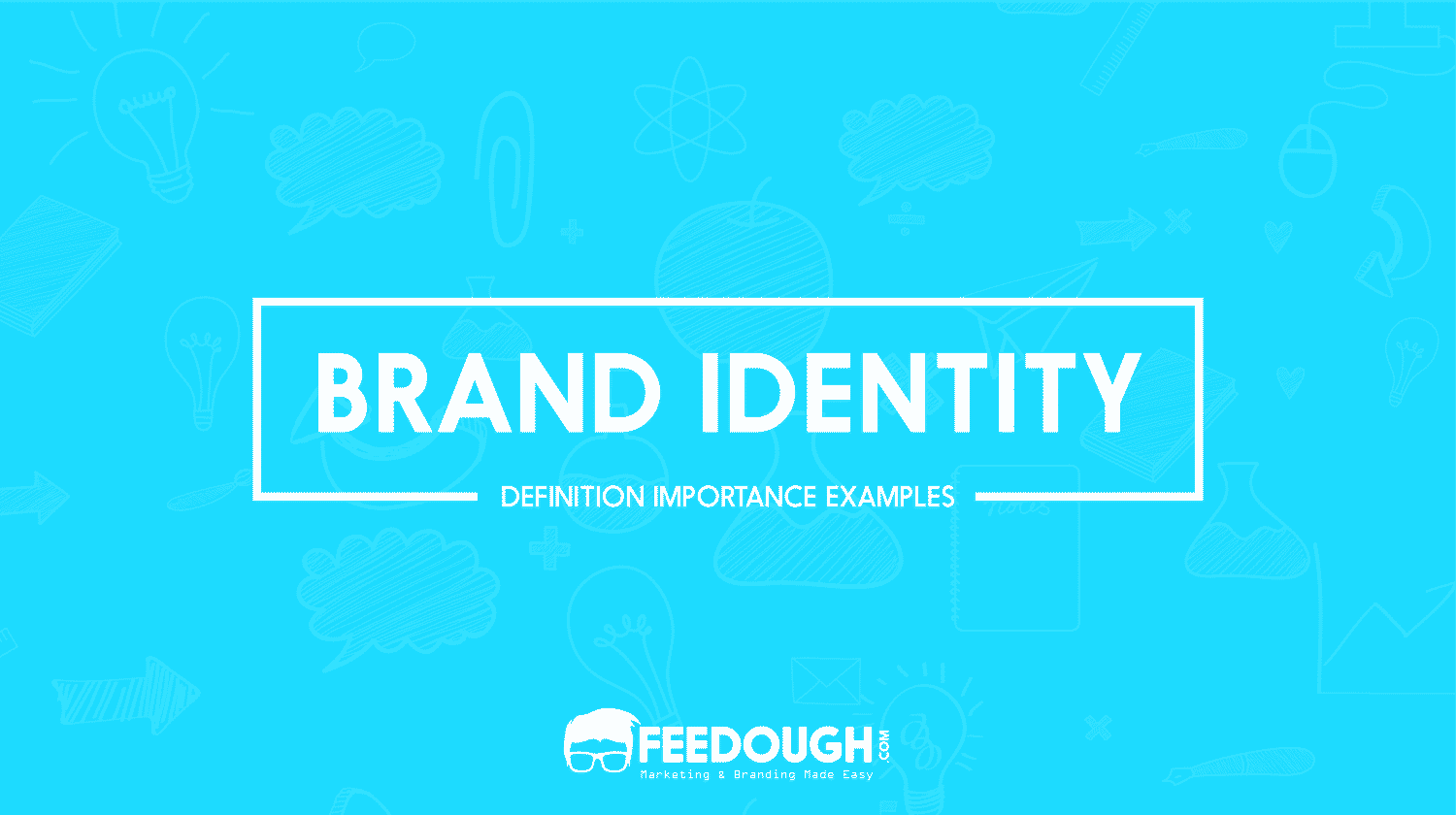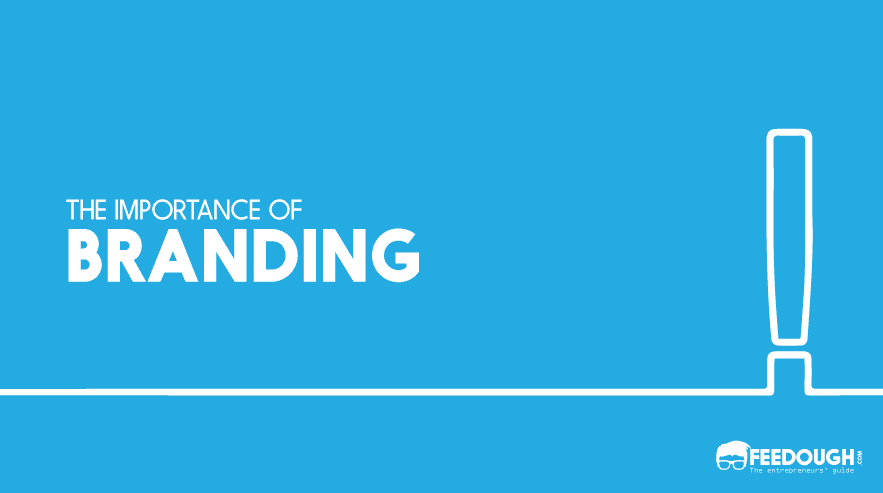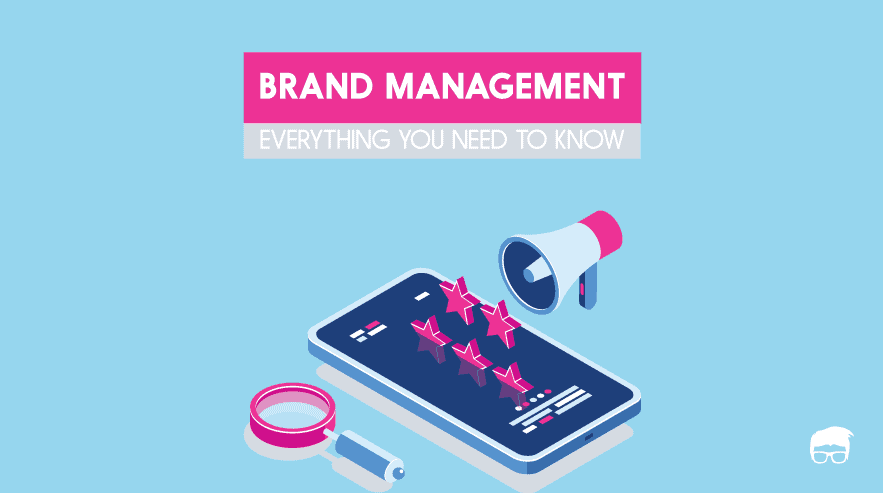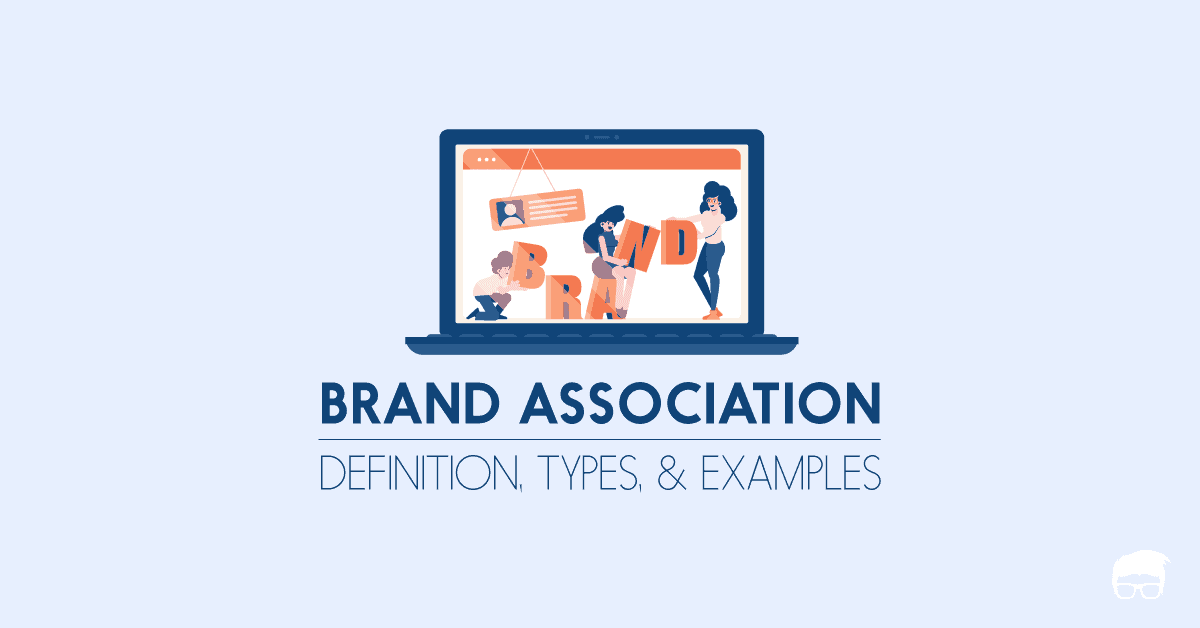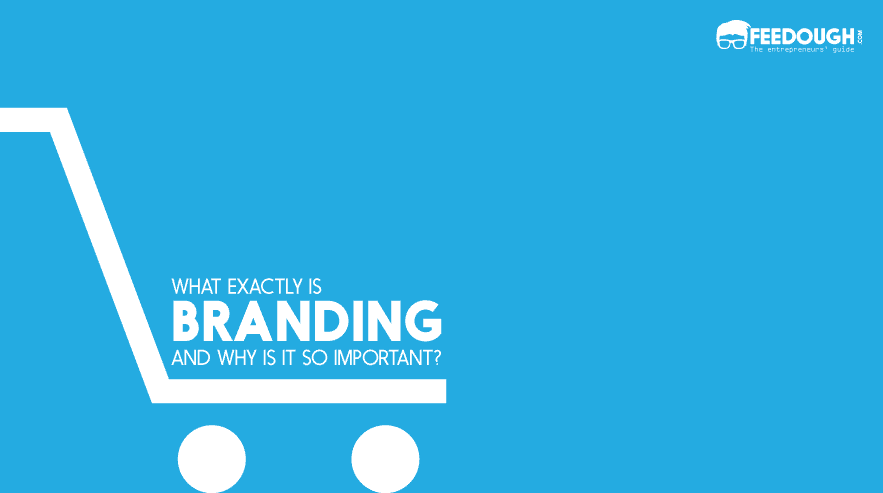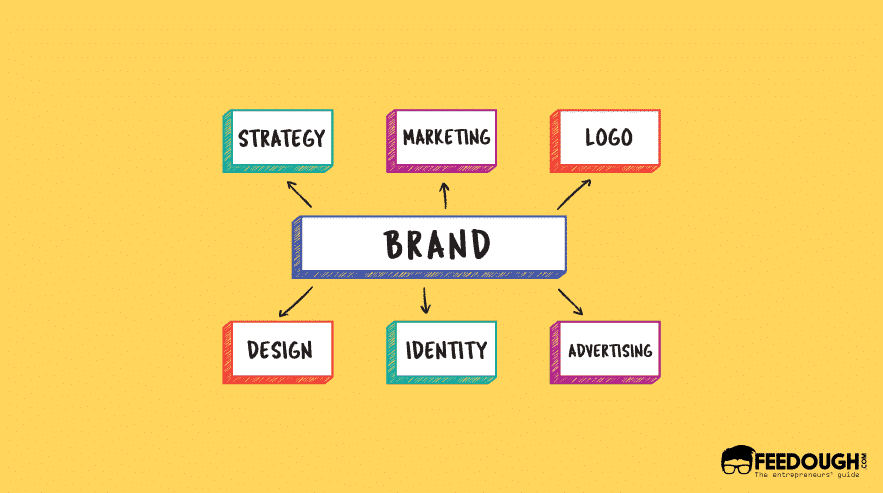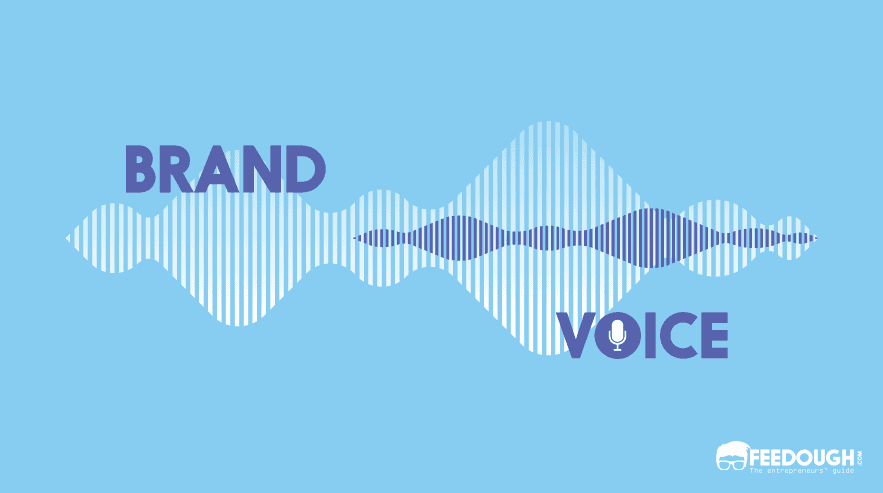Generally, people consider a name, logo, colour, and even sound to be a brand. While they’re partially correct as these do form elements of a brand, they are just scratching the surface.
The brand is an intangible asset inherent to the offering, forming its identity, experience, and/or characteristic(s) that differentiates it from others in the market.
But still, branding is a term rarely understood – majorly because the lack of a proper definition of brand that clearly explains what it exactly is and why is it important to know the difference between a brand and its elements.
So, here’s a guide explaining what is a brand, its importance, types, and elements.
What Is A Brand?
A brand is the combination of properties within and outside an offering that gives it an identity and makes it distinct from others.
According to Kotler, a brand is a –
Name, term, sign symbol (or a combination of these) that identifies the maker or seller of the product.
In simple terms, a brand is the sum of all the attributes inherent to the offering, used to develop the offering’s identity in the market.
History Of Branding
The concept of branding goes back to 2,700 BCE when ancient Egyptians used to burn their mark (or brand) onto their cattle to differentiate them from other people’s cattle.
In fact, even the term brand is derived from the Old Norse word “brandr” meaning ‘to burn’.
The modern practice of branding, however, started in the late 1800s when Coca-Cola decided to differentiate its products from other generic products by painting everything in its brand colour, developing the patented design of its bottles, and printing logos on company-owned products.
Importance Of A Brand
Taken the fact that most of the markets today are saturated with companies offering similar products, developing a brand has become imperative to develop a favourable perception of the offering in the market and stand out.
Here are a few reasons why developing a brand is important –
- Gives Identity: A brand is the identity the offering sits on. Branding assigns tangible and intangible and inseparable attributes like name, logo, colours, voice, shape, etc. to the offering that helps develop a personality that has a distinct identity in the market.
- Aids Recognition And Differentiation: A branded offering is easily recognised and differentiated from other products in the market.
- Aids Marketing: Marketing requires an identity that needs to be promoted. It becomes easier to promote a branded product than a non-branded one.
- Increases The Value: Brand becomes an intangible asset that has its own value. This value, when attached with a generic offering, increases its overall monetary and non-monetary value.
- Helps In Gaining Trust: Giving an identity to the product aids recognition, which, in turn, helps in gaining the trust of the customers. The brand provides the product with a name that can be trusted.
Types Of Brands
While there is one definition of brand, the concept’s application differs for different aspects. Generally, a brand is categorized into three umbrella types. These are –
- Offering Brand: When an identity is built around a tangible or intangible offering, it is referred to as an offering brand. This offering can be anything from product, service, to place, event, or a cause.
- Corporate Brand: This is the brand of the parent company that deals with the offering. Usually, a single company offers more than one branded offering. In such cases, a corporate brand is also developed to differentiate the corporate identity from the brand identity.
- Personal Brand: Famous personalities and other aspiring individuals develop a brand of their own differentiating them from others. This is personal branding.
Characteristics Of A Brand
A brand is an inherently valuable asset that has the following characteristics –
- Intangible: It is an intangible asset that can’t be separated from the offering. It is a perception of the identity the offering has that is often used to recognise it and differentiate it from other products.
- Dynamic: A brand is more of an experience than just an identity. Every customer might have a different perception of the brand according to his/her experience with the same.
- Distinctive: The sole purpose of developing a brand is to develop a distinctive identity having human-like features like name, colour, personality, etc.
- Amorphous: Branding doesn’t have constraints. Offerings are branded, and brand experiences are created at almost every touchpoint, and such experiences and interactions have infinite possibilities.
- Emotional: Branding is when a human-like personality is associated with an offering. Such human-like personalities develop emotional connections with customers.
- Highly Recognisable: Brands are highly recognisable and differentiable. They have their own attributes that help their customers recognise and differentiate them from generic offerings as well as from other players in the market.
- Consistent: A brand develops an identity which, when consistent, develops an image (perception) in the minds of the customers. Hence, consistency is an important characteristic of a brand.
Brand Elements
The brand is the sum total of all the visual and non-visual, tangible and non-tangible elements that drive the perception of the customer and makes him believe what the company wants him to. These brand elements include –
- Visual Identity: Brand visual identity includes the recognisable and communicable brand outlook like name, logo, colour, slogan, typography, graphics, etc.
- Brand Associations: These are the associations that come to the customers’ mind when they think of the brand . These can be advertisements, brand ambassadors, brand’s offering features, class, lifestyle, emotions, etc.
- Brand Purpose: Brand purpose represents what the company stands for and what are its social obligations towards society, consumers, and the environment.
- Brand Promise: It’s the value customers expect to get whenever they interact with the brand or buy its offerings.
- Brand Identity: Brand identity is the set of all the branding activities a company indulges in order to be perceived in a particular way to the target audience.
- Brand Personality: Brand personality is the association of human characteristics and traits with the brand to which the customers can relate.
- Brand Voice: Brand voice is the uniformity in the selection of words, the attitude and values of the brand while addressing the target audience or others.
- Brand Image: Brand image is an aggregate of beliefs, ideas, and impressions that a customer holds regarding the brand.
- Brand Experience: Brand experience is awakening a holistic sensory experience to build an all-rounding relationship between customers and a brand.
- Brand Equity: Brand equity is the aggregate of assets and liabilities attached to the brand name and symbol, which results in the relationship customers have with the brand.
- Brand Architecture: Brand architecture is an organized structure of the company’s portfolio of brands, sub-brands, and other offerings.
Brand Examples
The world today is saturated with brands. Everywhere a person goes, everything he uses, wears, or eats, is transformed into a brand. Here are some notable examples of brands to elaborate on the concept –
Coca-Cola
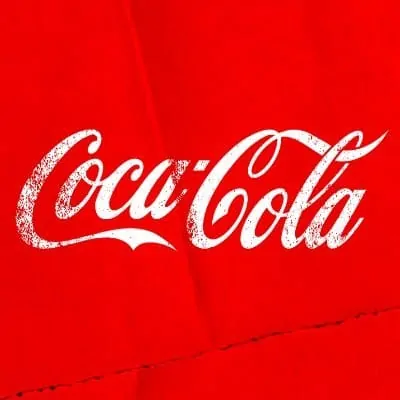
Coca-Cola is a perfect example of both a corporate brand and an offering brand. As an offering, it offers the world-famous soft-drink cola that has its own –
- Colour – red
- Emotion – happiness
- Shape – patented bottle
- Voice – positive, friendly, and down-to-earth, and
- Equity – 84 billion U.S. dollars.
As a corporate brand, it’s a parent to 500+ brands selling in 200+ countries worldwide.
McDonald’s
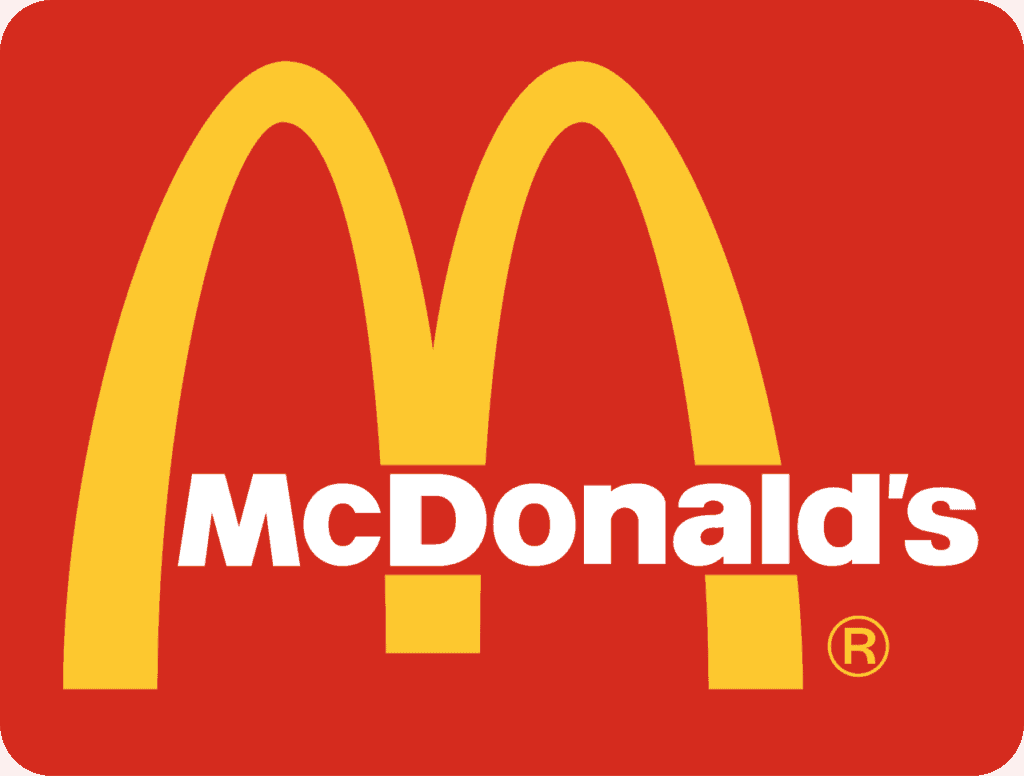
Ranked as 6th most important brand in the world, McDonald’s brand value lies at a whopping $129 billion.
The company follows the same visual identity worldwide –
- Logo – big M
- Colours – red and yellow
- Mascot – Ronald McDonald
…and operates on the same values. Moreover, this corporate brand makes sure that its offering brands’ names are prefixed with the term ‘Mc’ to maintain consistency.
Go On, Tell Us What You Think!
Did we miss something? Come on! Tell us what you think about our article in the comments section.
A startup consultant, digital marketer, traveller, and philomath. Aashish has worked with over 20 startups and successfully helped them ideate, raise money, and succeed. When not working, he can be found hiking, camping, and stargazing.
